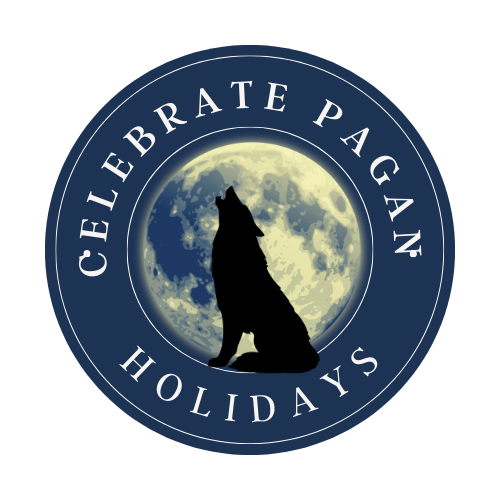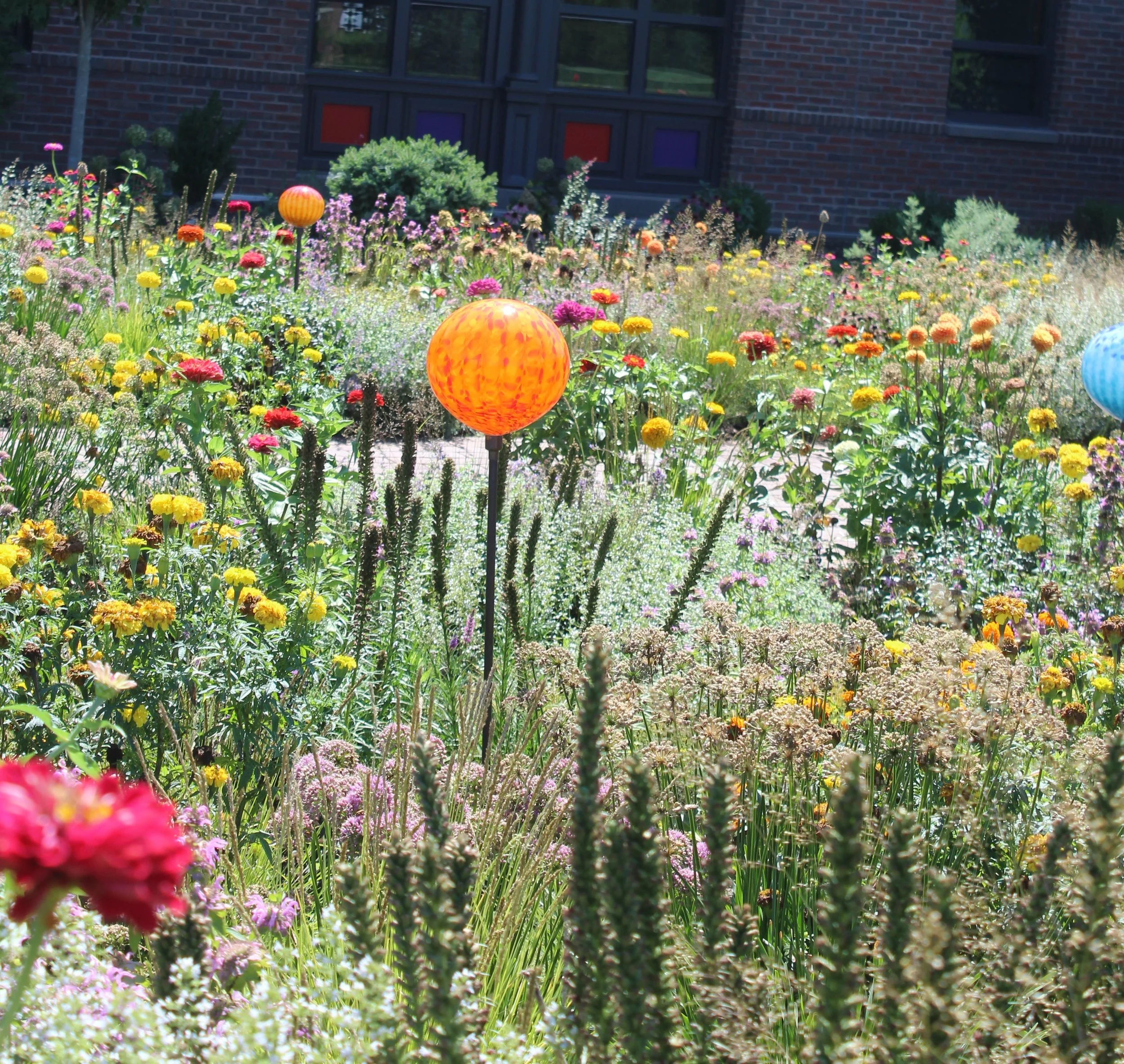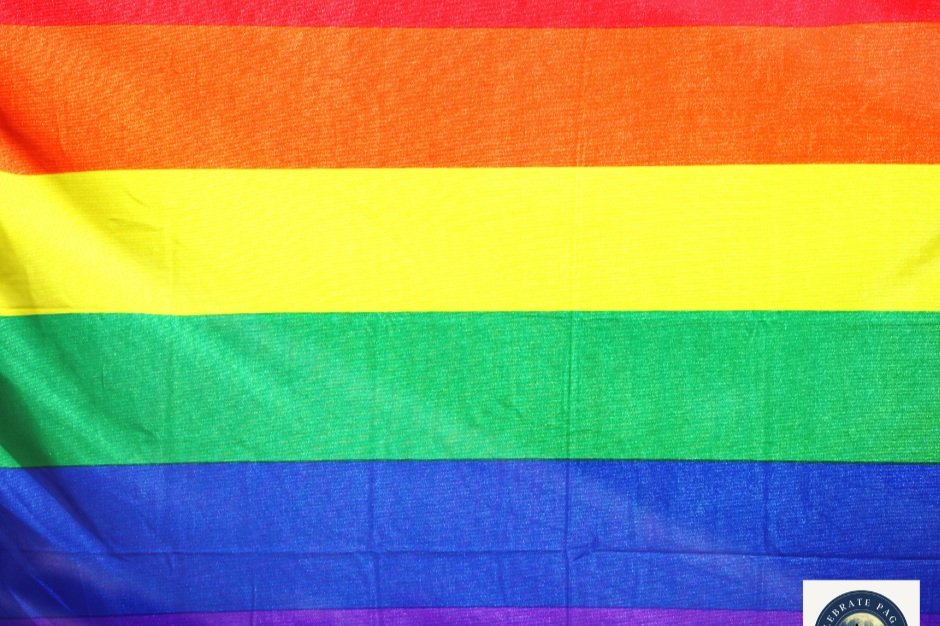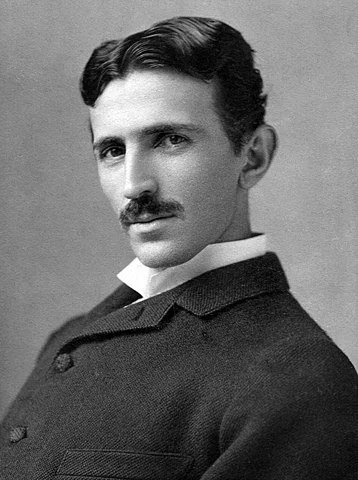Have you ever wondered how ancient Egyptian goddesses can inspire us today? Bastet, the Egyptian cat goddess is more than just a figure from mythology - her energy is alive and relevant today. Even though thousands of years separate us from ancient Egyptian culture, Bastet’s values remain relevant. By embracing her principles, we can reshape and enrich our lives, learn to find balance, and give back to our communities.
Yemaya: Yoruba Orisha and Mother of All
ORISHA OKO: GOD OF SOIL AND AGRICULTURE
Orisha Oko is the Yoruba god of agriculture, fertility, and law. 'Orisha,' is a Yoruba word that means 'god' or 'higher entity.' He is especially revered by the Yoruba people in the western region of Africa as well as the Caribbean and Brazil.
Oko is celebrated on March 22 and Monday is a day to honor him.
Bes: Working With This Egyptian Household Deity
Among ancient Egyptian deities, few were as universally beloved and intimately connected to daily life as Bes. This distinctive dwarf-like god, with his fierce yet protective countenance, served as the guardian of households, the protector of children, and the divine embodiment of joy, music, and celebration.
Pagan Altars: Beginners Guide
Altars are a focal point for many religions. A place of sacred space. Creating an altar is one way for you to create and invite magic into your home.
For pagans, an altar is a place in your home where you will practice your religion. It is a place where you can connect with higher powers. Your alter is a living thing that enhances your spiritual walk.
7 Benefits of Being A Pagan
Paganism is a dynamic growing religion but what are the benefits? Becoming a pagan offers its practitioners many benefits.
In this article, we will examine seven benefits that pagans have when compared to other religions. Keep in mind that pagan practices are very diverse and these are general things pagans have in common.
Pagan Deities For LGBTQ+
Arawn Welsh God of Justice and the Underworld Annwn
Arawn (aka Aroun) is the ruler of Annwn, the Otherworld, and is associated with hunting, shape-shifting, and magic. Arawn is known for his fairness, wisdom, and honor, and he plays a prominent role in the Welsh tales collected in the "Mabinogion," particularly in the story of "Pwyll, Prince of Dyfed."
Urban Pagans: How to Practice In The City
11 Core Nordic Religion Principal Beliefs
Norse religion, also known as Germanic paganism or Heathenry, is a spiritual path that has deep roots in the traditions of Scandinavian and Germanic peoples, dating back to roughly the 1st century CE.
Far from being a primitive belief system, Norse religion is a sophisticated worldview that continues to shape the lives of modern practitioners across the globe.
Overview of Symbols From Ancient Egypt (Kemet) and Their Magic
Queen of the Throne: Honoring Isis
How to Setup a Norse Pagan Altar ( Complete list of supplies needed )
An altar is a space that you create for yourself that will represent your relationship with the gods. Our Norse ancestors had altars within their homes, often referred to as a Ve. It is a place where you and other members of your household can worship and honor Gods and Goddesses, perform rituals, and meditate.
Honoring Anubis: God of the Afterlife and Transitions
Anubis has a bad rap. As a death god and Lord of the Afterlife, he is often portrayed in contemporary media as an evil or angry villain. Nothing is further from the truth.
Historically Anubis (Anpu or Inpu) is a much admired god who was seen as both the weigher of the heart (judgement) and the protector of souls (guardian).
Pagan Tattoos: Spiritual Meanings and Empowerment
Epona: Celtic Goddess of Horses and Safe Passage to the Otherworld
20 Types of Witches: Which One Are You?
Book Of The Dead: Spells and Guide For Ancient Egyptian Afterlife
Nikola Tesla and "Pagan" Energy
Reimagining the Wheel of the Year
Many contemporary pagan traditions, such as Wicca and Druidry, divide the year into eight equal pie pieces known as the Wheel of the Year. The Wheel follows the agricultural cycle which is acknowledged both directly and as a metaphor for the process of self-improvement and spiritual growth.
But in this time of ecological and environmental crises, practitioners of earth-based spirituality can move towards deeper interconnection and bring the Wheel of the Year with them.




















